Tour This Art-Filled New York Family Home
My father was chaste in his clothing choices (white, beige, cream), but he could not resist the tug of a deep crimson shawl. I remember it as a family relic, packed with mothballs and stored away in a steel trunk every summer. A richly embroidered pashmina from Kashmir, the shawl was one of the few things that had traveled with his family during the furious conflagration of Partition in 1947, when East and West Bengal were split into two halves. My grandmother had packed that same trunk and left with her four children in tow. The overnight train had borne the family to a newborn India, torn into two, like a scrap of paper. Their adoptive city, Kolkata—once the most luminous of jewels in the crown of England’s colonial cities—was now in ruin. Its spine would break and recover, and break again, as the city heaved with wave upon wave of destitute migrants.
Intuitively, my father learned, perhaps, what the physiologist Claude Bernard had called “homeostasis”—the capacity of an organism to resist change by mounting counteracting forces. The process was not passive, Bernard had pointed out, but arguably one of the most active mechanisms in biology. For centuries, organismal physiology had been interpreted as
a series of active machines: muscles, nerves, and ligaments that moved, turned, swiveled, sparked electricity. But Bernard inverted the thought. Standing there, standing in place, keeping equilibria; all required constant surveillance and work. It was the basis of survival, of renewal, of resistance. Resilience is invisible—until it breaks, and has to be mended again. In medicine, we call it “healing.”
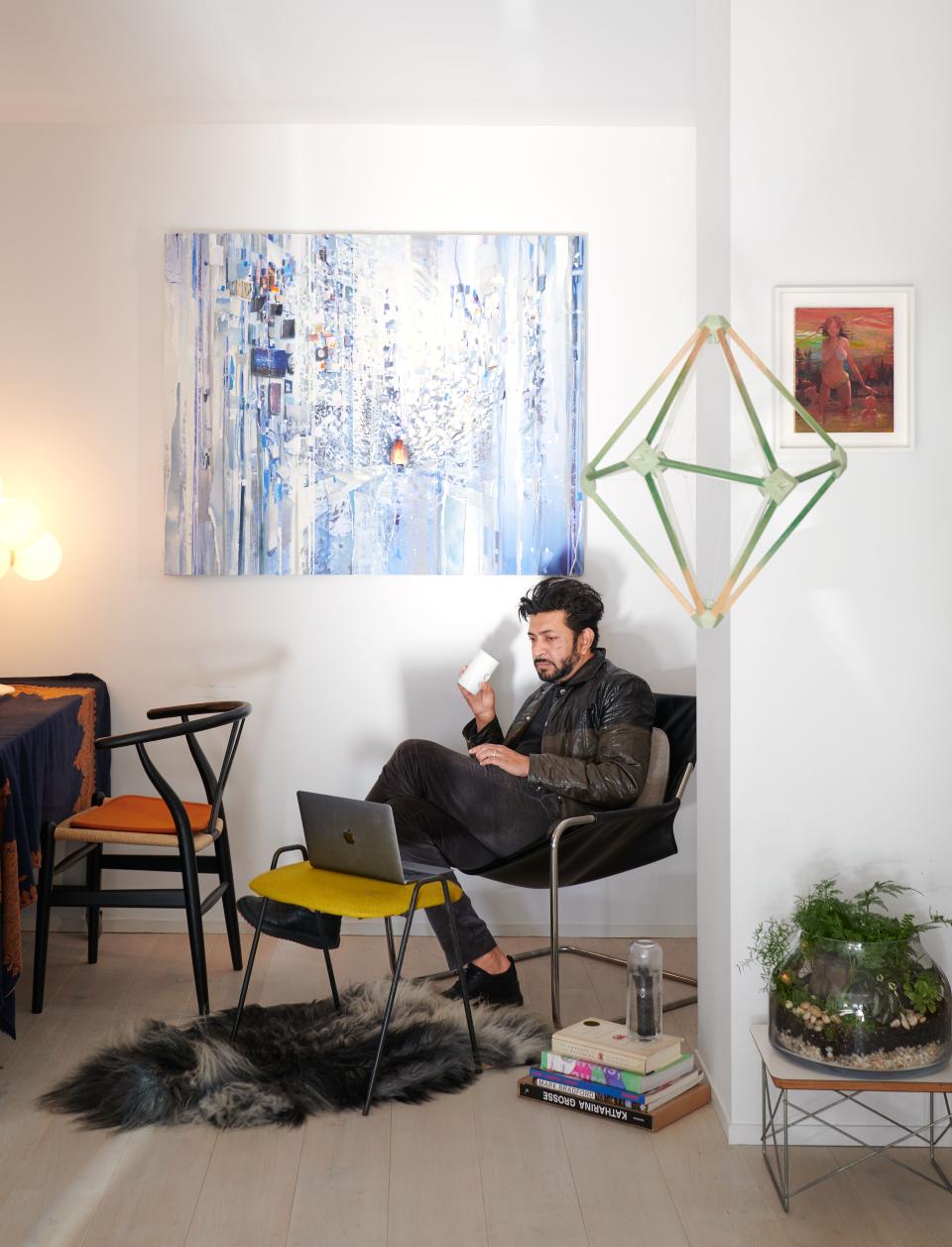
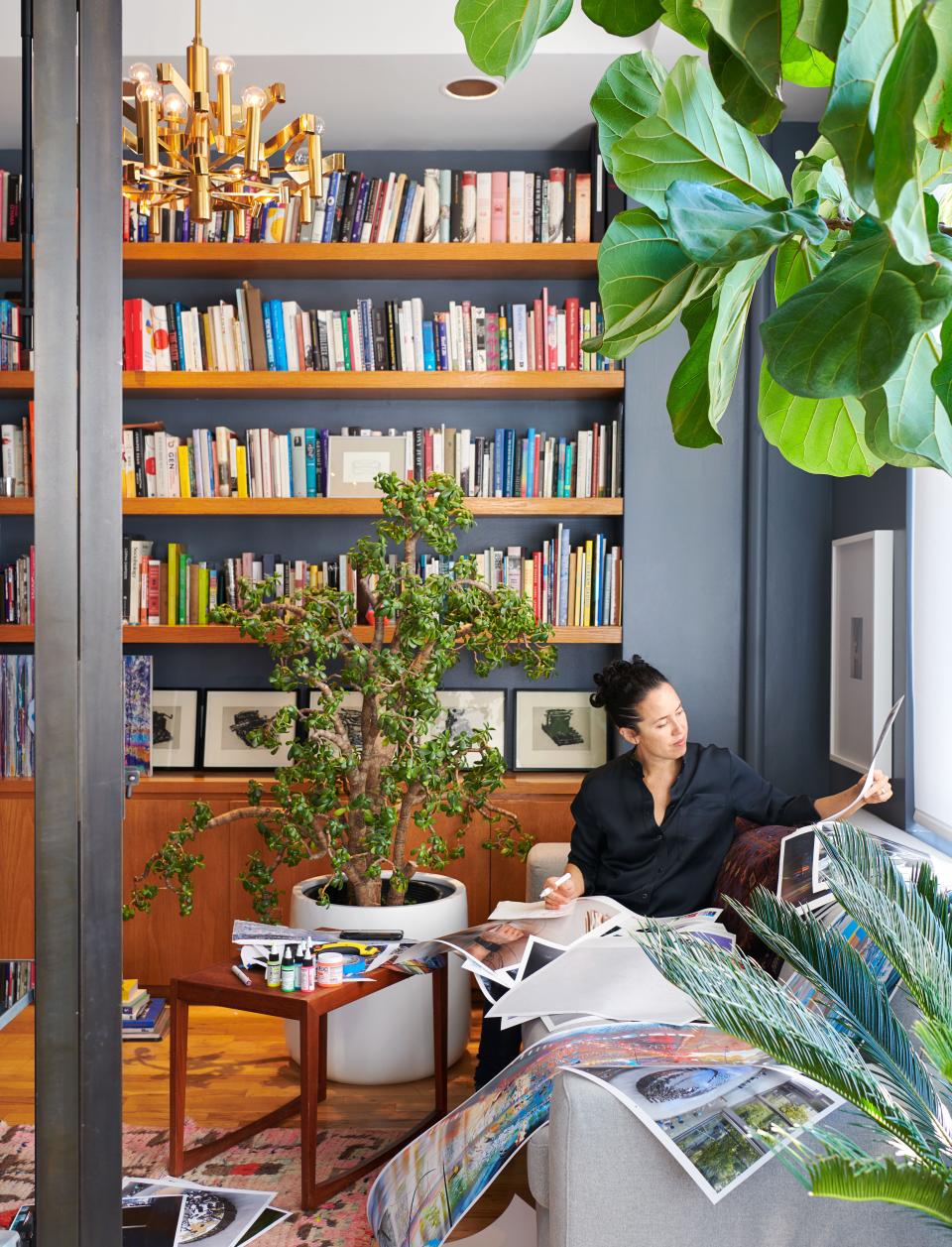
How does one heal a house? In July 2019 we set about renovating our home in New York. It had once been a flourishing garment factory, but it had aged, albeit with grace. The floorboards creaked arthritically, but it was an undeniably beautiful space, with sly, spiraling nods to Corbusier (a circular staircase encased in a white shell, an oval skylight in the ceiling), flooded with cinematic light. We had been inundated with proposals to gut the deteriorating ’80s interiors, but our architect, Carmen Lenzi, advised the lightest of touches. This was not a renovation, she argued, but a renewal—a healing. We would not convert the loft into a modern, sterile steel trunk; we would design it to fill it with the belongings we loved. We moved out sometime that summer, leaving a contractor, Nick Villani, who with his equally deft touch had somehow intuited our desires.
We fortuitously returned to the space just in time, in early December. There was something organic in the “healing,” as if Lenzi and Villani had negotiated the challenges of an aging body. As we hauled our possessions back—a Corbu chaise, a timeworn Baughman couch, our clothes piled into garbage bags for transport—the streets were full of euphoric, sweater-less revelers, coaxed out by a strangely warm sun.
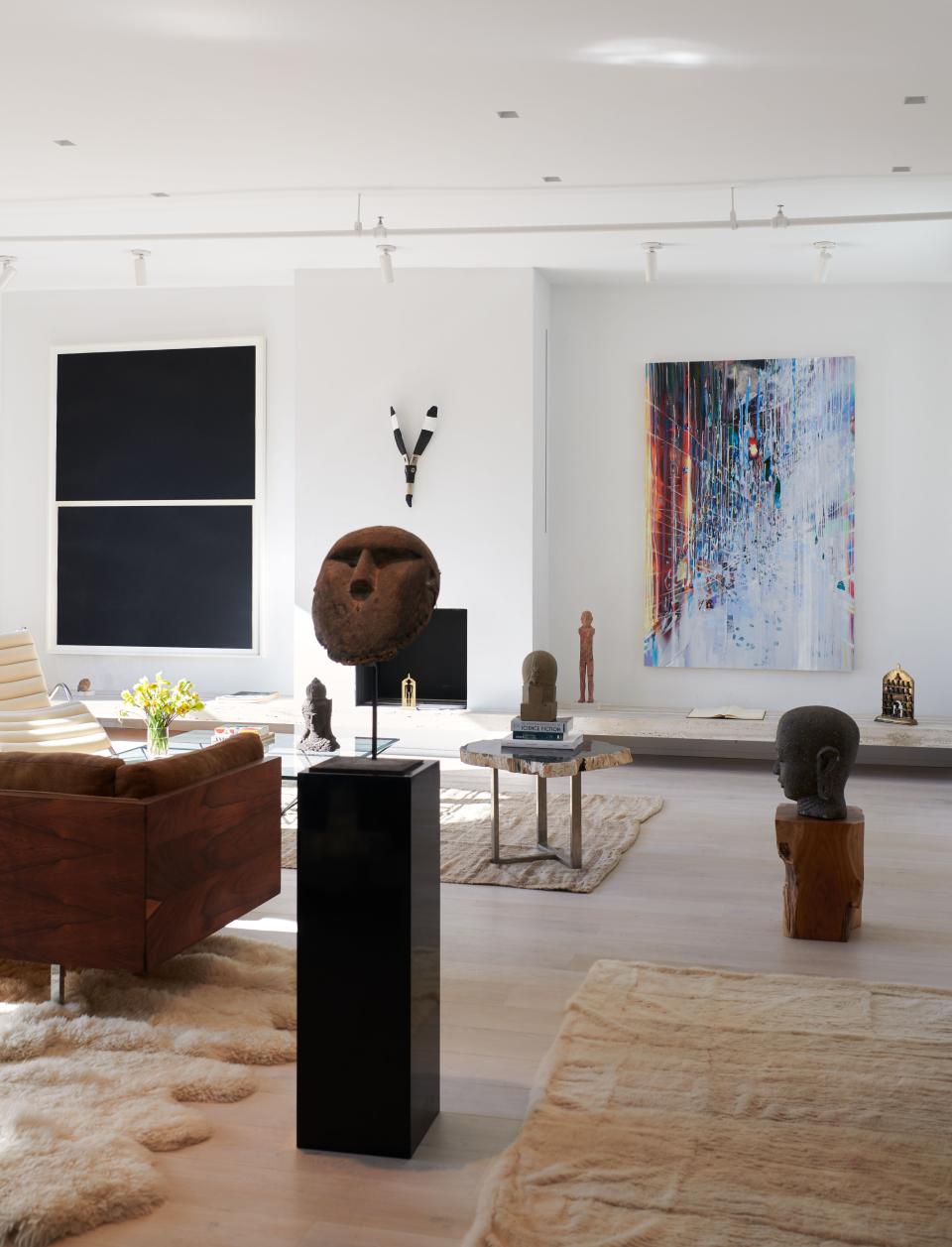

And then, as if without warning, the conflagration began. Two and a half thousand miles away, a man just off a flight from Wuhan, China, walked into a clinic in Snohomish County with a cough, and cases spiraled out in Seattle and its suburbs. Tourists carried a deadly virus on planes to East Coast cities. For a few months, it had seemed as if the news had been far, far away—devastations in Europe, ICUs overflowing in London, and body bags in Madrid. But like a tidal wave, it was soon upon us in New York City. At my hospital at Columbia University, I watched the terrifying crest of the infection. Stretchers with patients packed the hallways. I called a friend in the ER; a 30-something man was being intubated, his lungs drowning in fluid. The next morning, he was dead. The city went into a lockdown.
How does one heal a city? How does one maintain “homeostasis” in a house, a family, or a community? Resilience is invisible—until it breaks and has to be mended. Every attempt at normalcy is a form of resistance. We reconfigured the spaces to allow us to work. For our daughters, Leela and Aria, Zoom classes began at 8 a.m., and their bedrooms were transformed into classrooms. Sarah, my wife, a visual artist, took over the gray-walled library and converted it into a studio, rigging up her paintings on the walls where she could continue to work with spiraling images and paints across the floor. I worked on a table on the rooftop while it was still warm, and then retreated to a nook in the corner of the house. I joined the governor’s Blue Ribbon Commission to help heal New York. I donned masks and gloves and saw patients with cancer, or reassured them on Zoom. The kitchen became a communal cafeteria, but we promised, as a family, to have at least one meal together every day, seated around the table on a set of Thonet chairs that, years ago, Sarah had first recovered from the trash for her studio (and that Adam Kamens, of Amuneal, helped us restore).
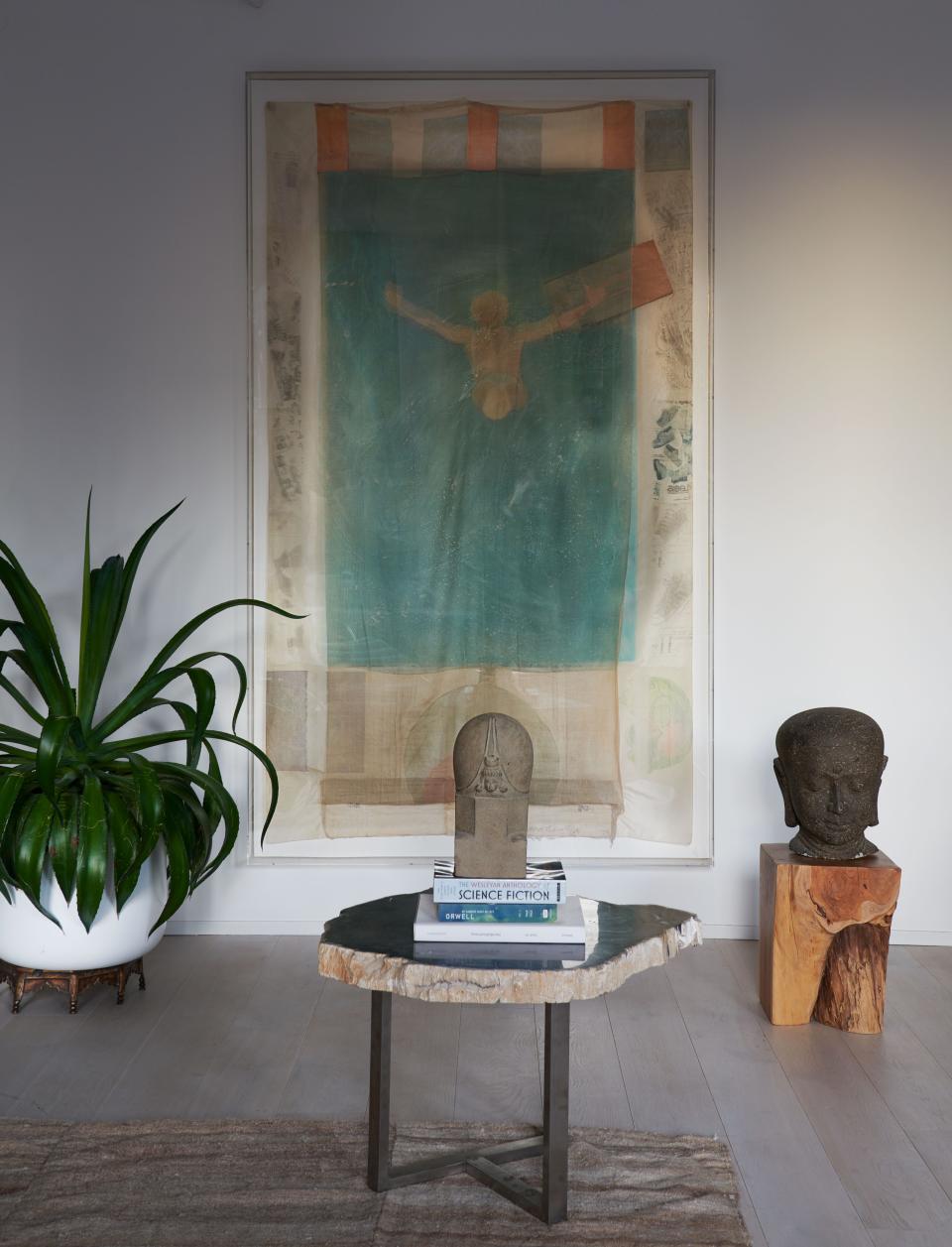
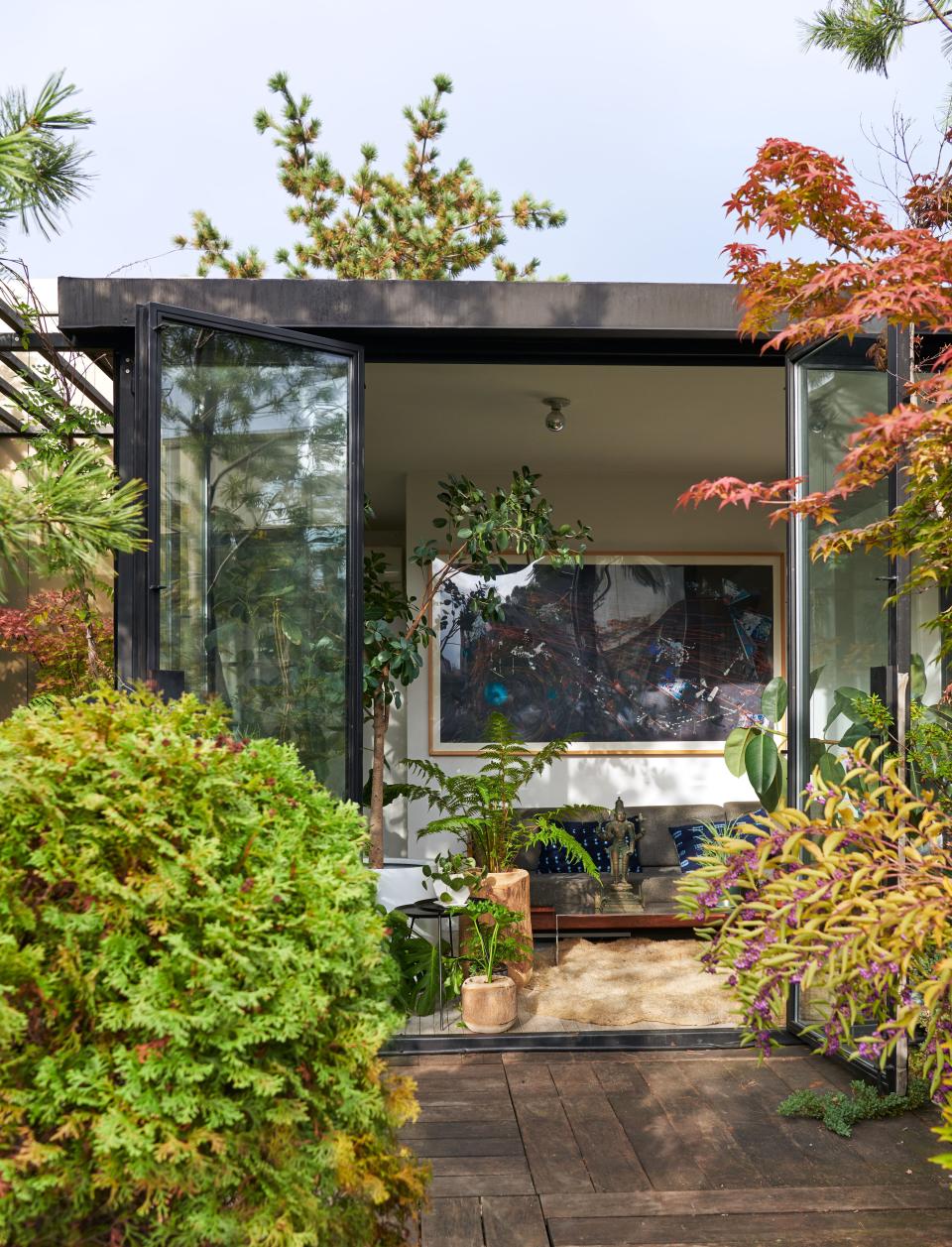
How did we live beyond the walls? Through art. And greenery. The art that Sarah had traded with her friends, or that had inspired her work, surrounded us and gave us sustenance. We learned to look afresh at Rauschenberg’s Hoarfrost—of a man caught in mid-dive, not knowing where he might land or fall; Cindy Sherman’s Doctor and Nurse, which seemed now like an homage to those who worked the frontlines; Richard Serra’s black rectangles that were windows into an uncertain future; Lisa Yuskavage’s premonitional painting of a woman rescuing her two daughters in mid-water; Joseph Beuys’s felt suit that he made to commemorate his survival after his plane crash in Crimea in 1944. Beuys’s mythology of his survival involved his broken body being wrapped in felt, cheese, and fat to help him heal. “That’s how the Tartars found me days later,” he wrote. He remembered “the felt of their tents, and the dense pungent smell of cheese, fat, and milk. They covered my body in fat to help it regenerate warmth, and wrapped it in felt as an insulator to keep warmth in.”
And if art was the insulator for wounds, then plants were bandages. We grew them by the dozen, and filled a room with them—less greenhouse and more a moist, prehistoric survival chamber. A Mexican lemon tree burst forth with a dozen lemons in late July (and so—what else?—we made lemonade). And when the 100-year-old jade tree put out bold, green saplings, shrugging off the global recession, it was like a botanical act of resistance.
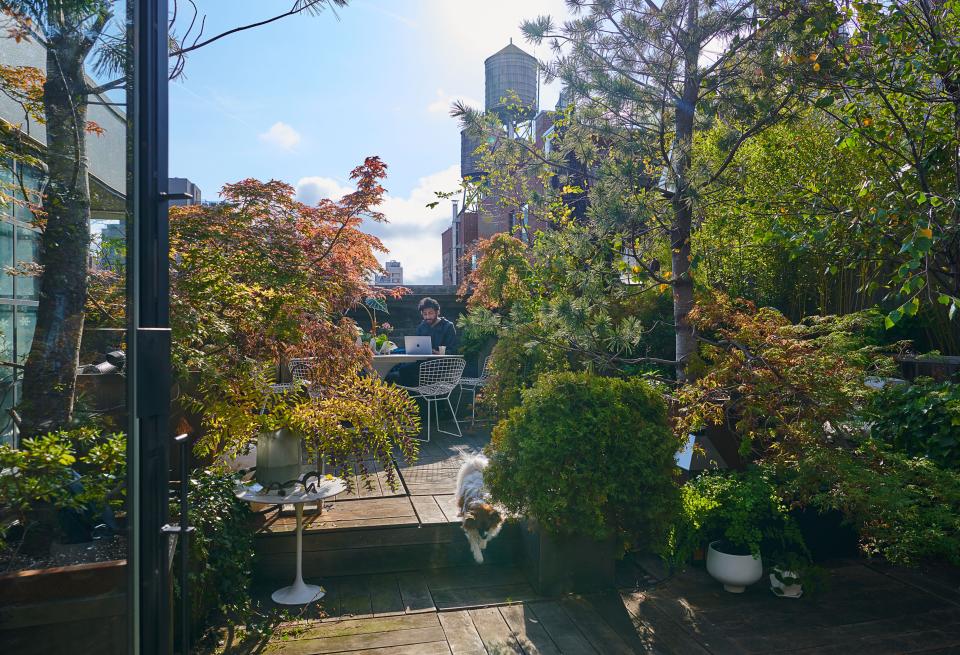
And the city? It revived too. The restaurants came out into the streets with lights. The man in a halal stand gave me a free helping of shawarma because I was wearing my white coat. As doctors, we learned new ways of taking care of patients—concentrating on healing. Here too, less was more: less invasive ventilation, gentler respiratory support.
More of This Art-Filled New York Family Home

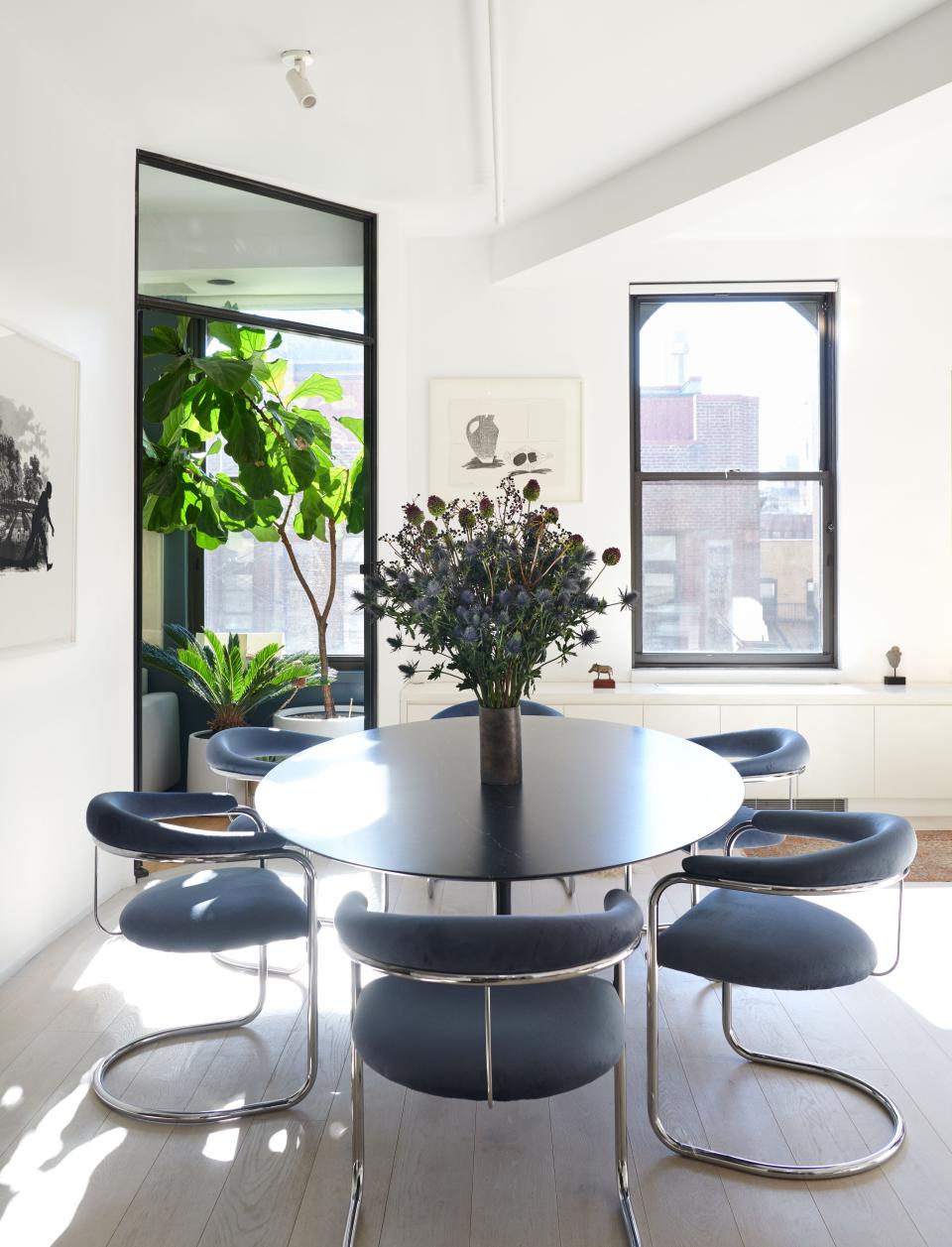
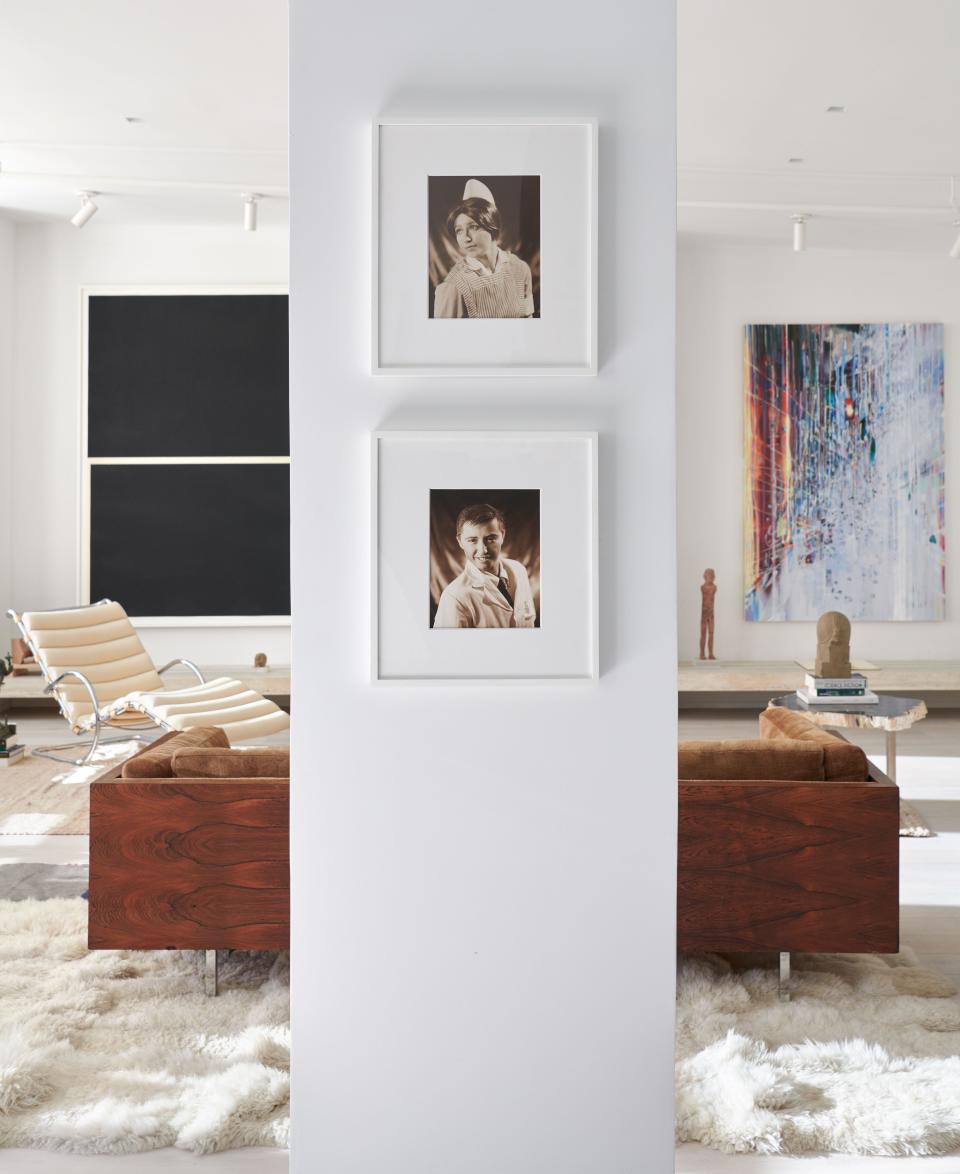
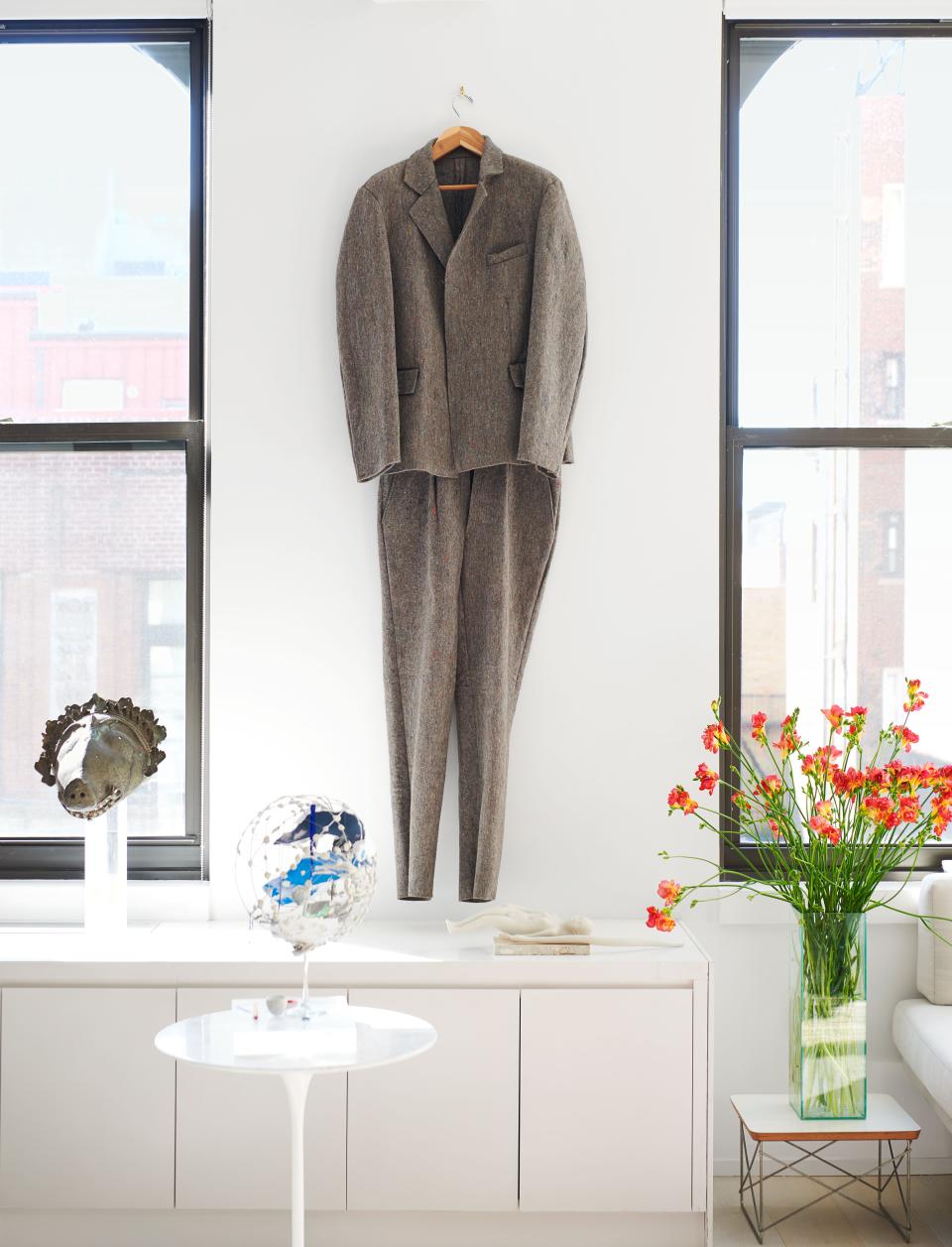
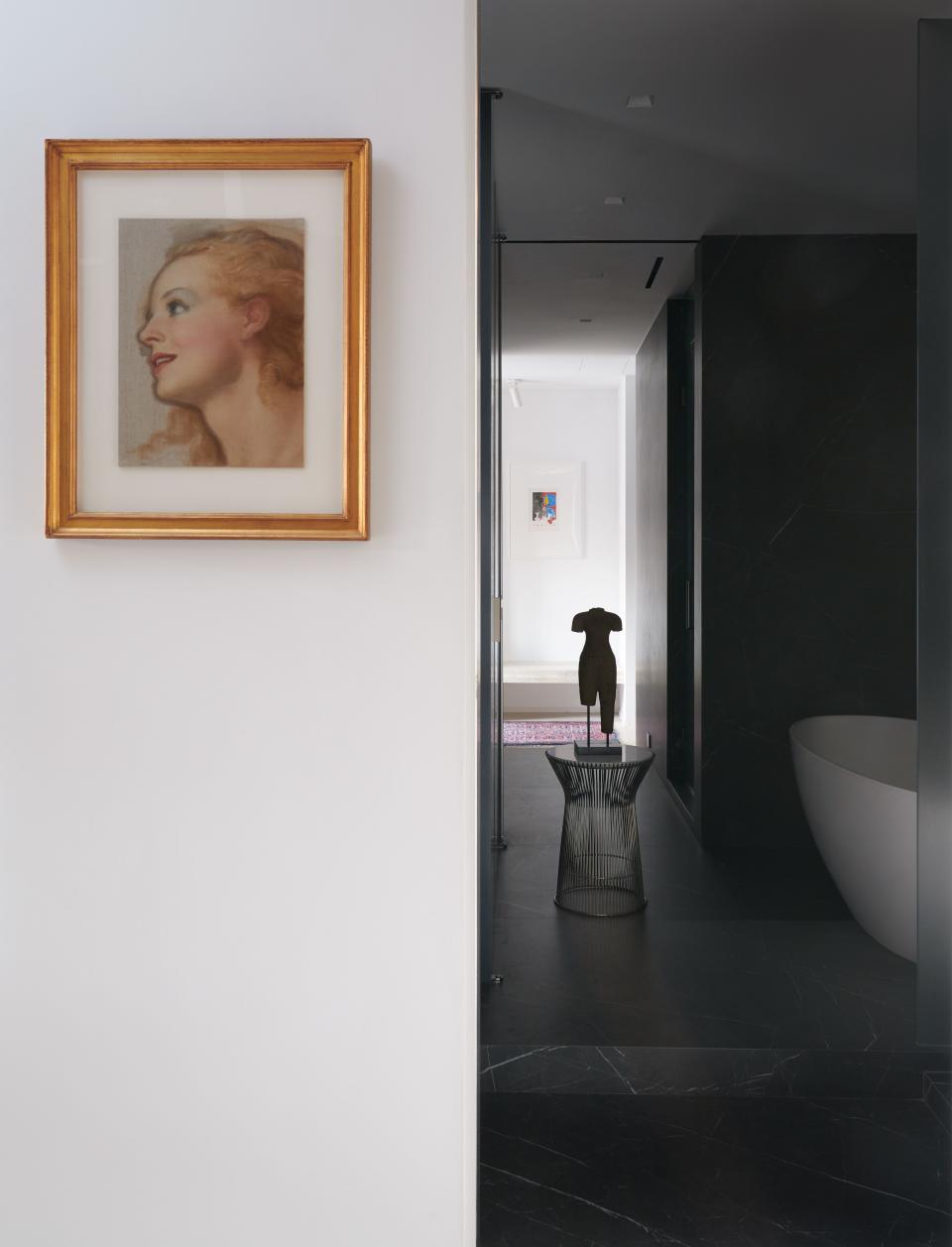

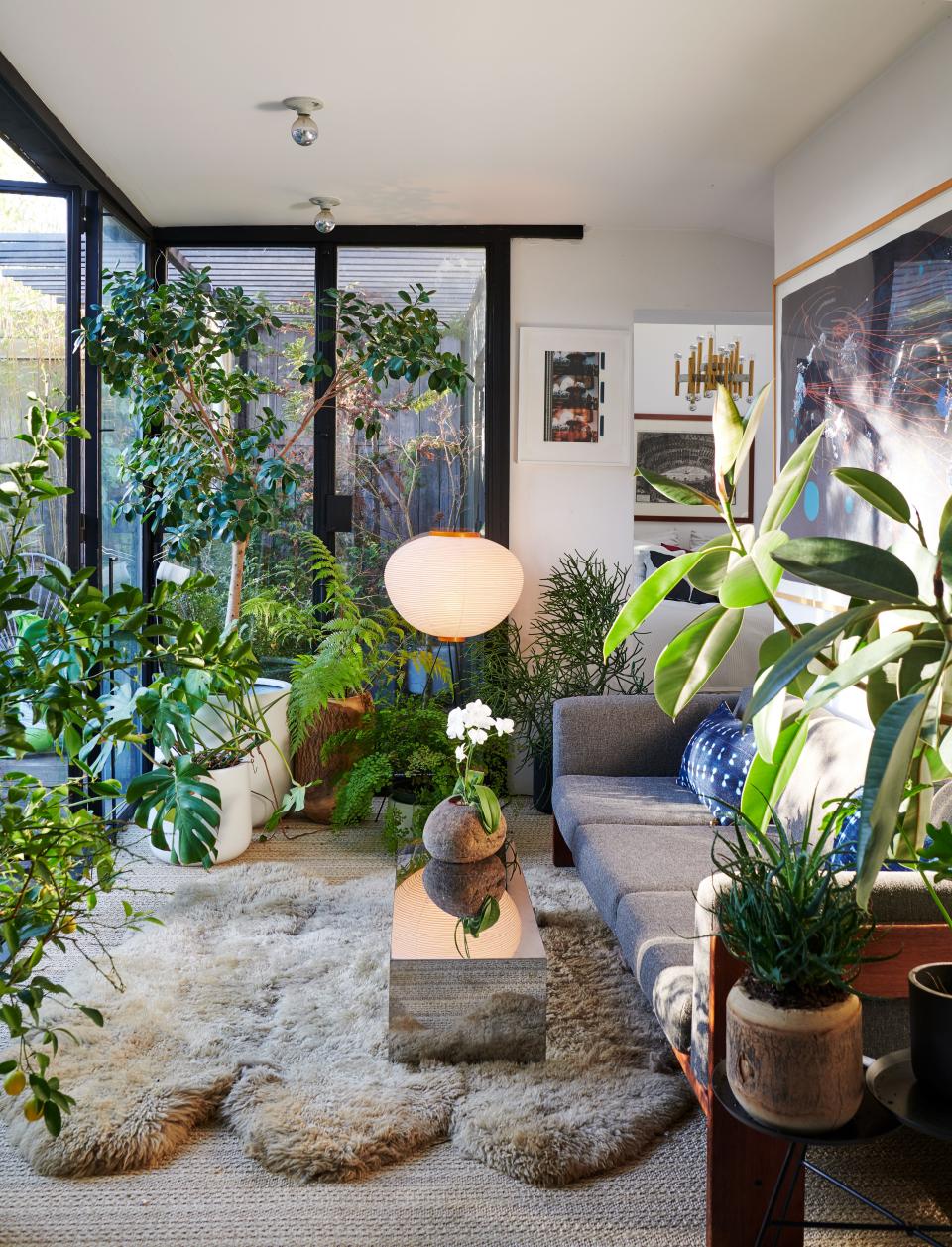

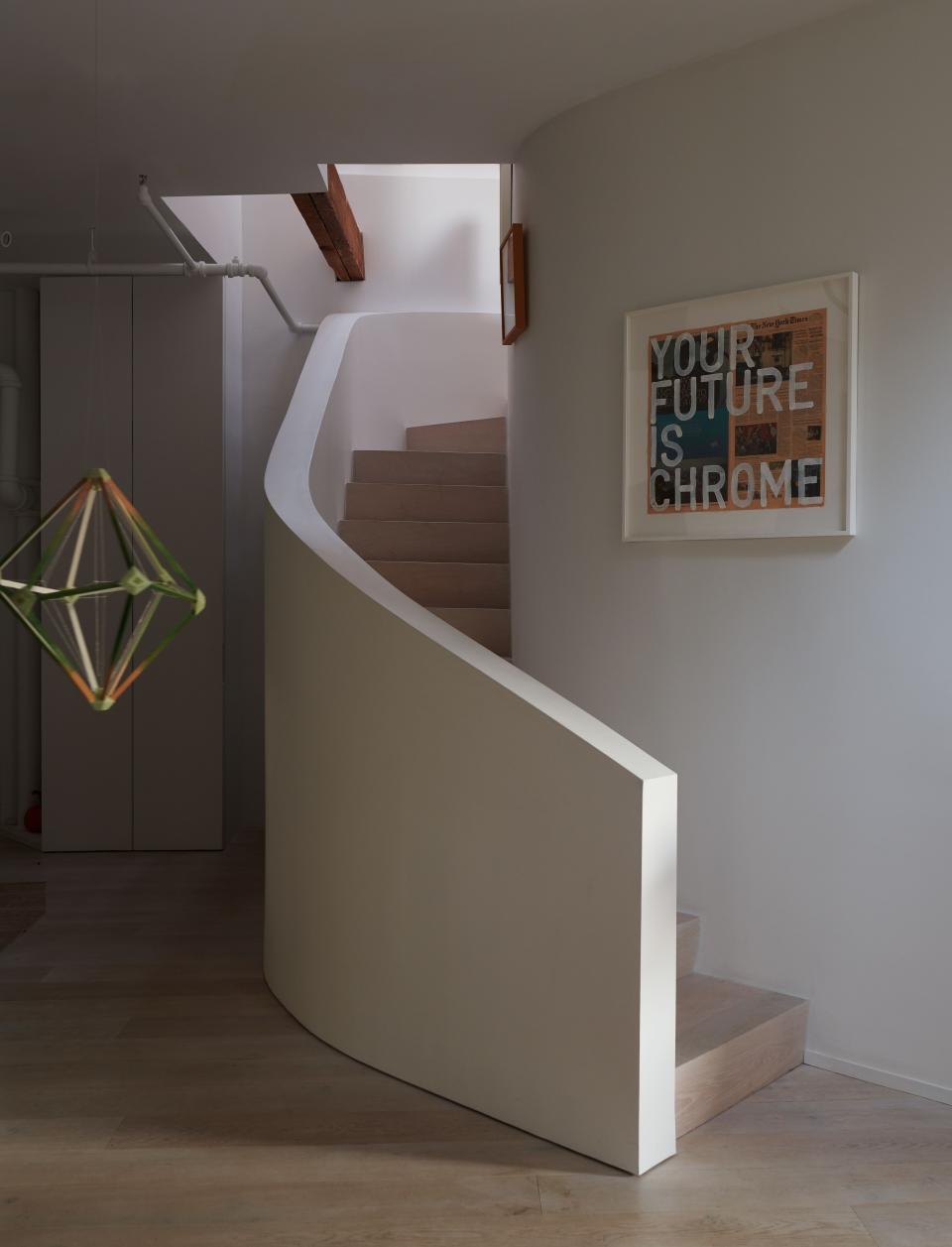

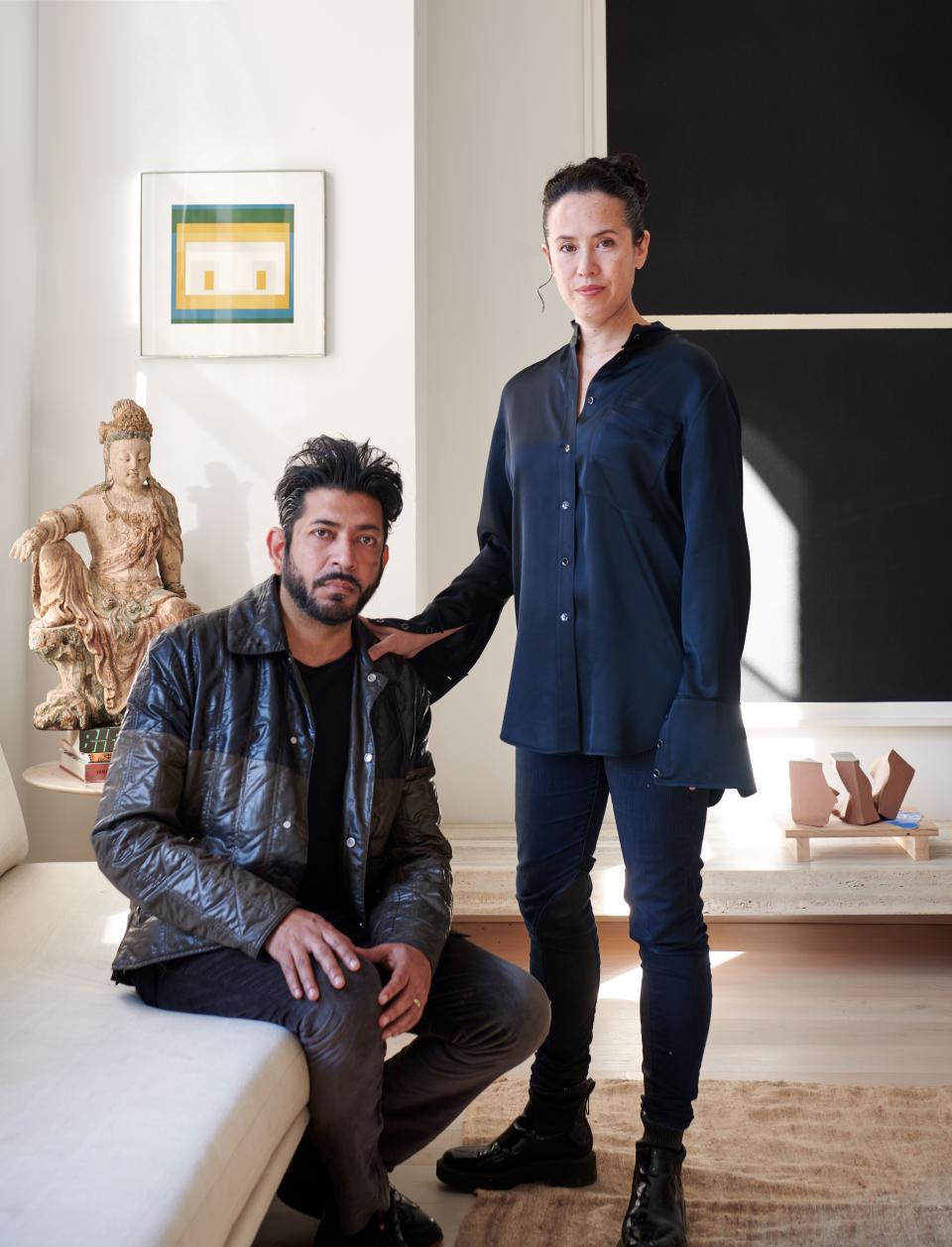
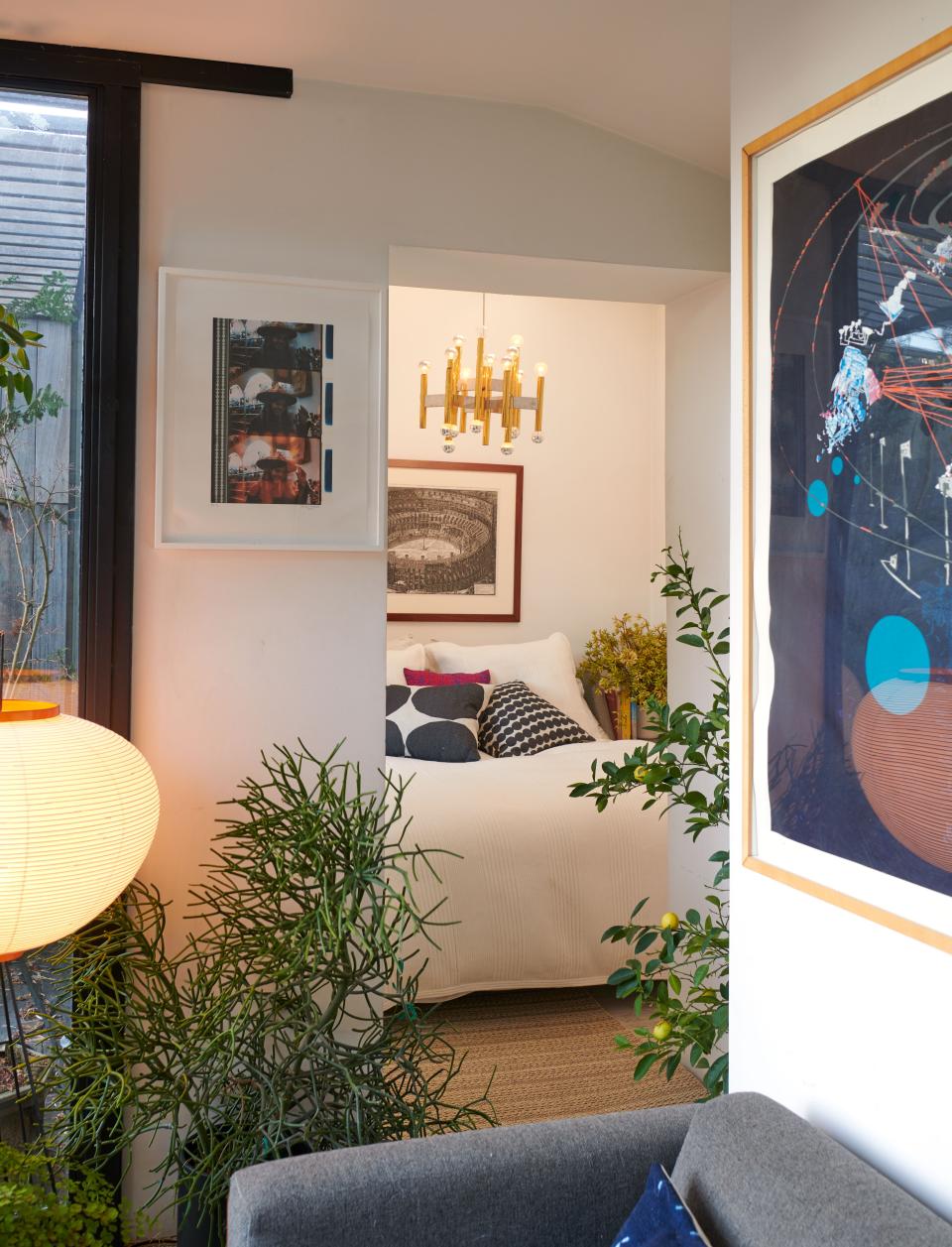
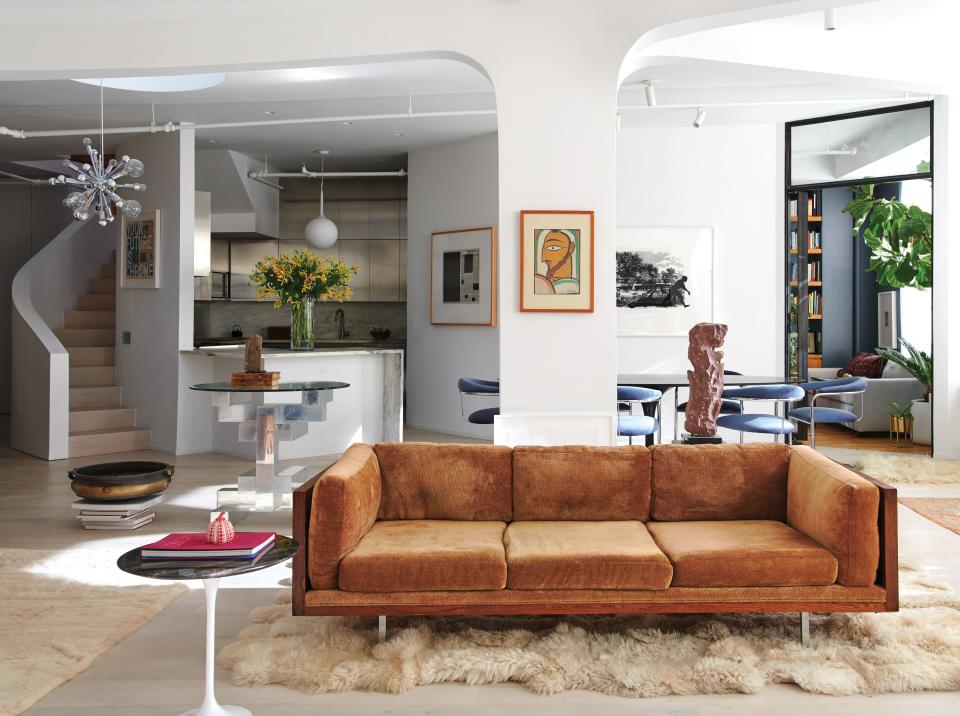



Now, as we enter a second wave of the pandemic, the house, and the city, feel different. The spaces that had seemed ad hoc—the studio in the library, or the nook turned into a writer’s workshop—feel more natural. We regained equilibrium. When the equilibrium tips again, we will remember that first round that showed us how to restore that fragile, improvisational balance.
I had lost my father’s crimson shawl years ago. But scouring through Delhi’s antiques shops just a few months before the pandemic, I had found a near replacement—a shawl of the same color and age, but with its own scars that had been meticulously repaired by a generation of artisans. Sometime in May, we hung the shawl, a counterpart to the Beuys suit, on the minimal, bleached-wood stairway that Lenzi had refurbished. Both pieces are about survival, and memory. There’s a gash through the shawl that has been repaired, with stitches so tiny that they are almost invisible. The threads hold it together; they remind me of resilience, of homeostasis. Of healing.
Originally Appeared on Architectural Digest

